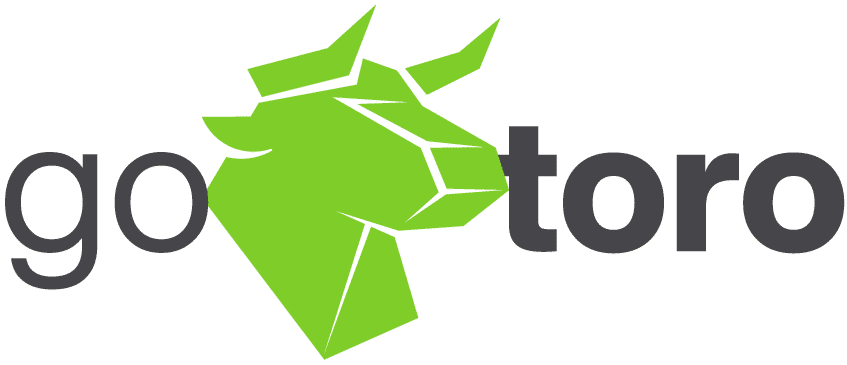The True Cost of a Bad Hire
Hiring the right talent is crucial for the success of any business. However, making a poor hiring decision can have significant financial implications. Beyond the immediate monetary costs, a bad hire can affect team morale, productivity, and overall business growth. In this article, we’ll delve into the cost of a bad hire and provide insights on how to avoid the poor hiring effects.
Unpacking the Cost of a Bad Hire
According to research by CareerBuilder, the average cost of hiring the wrong employee is $18,700. “About 75% of employers say they’ve hired the wrong person for a position.” However, this figure can skyrocket to as much as $240,000, as indicated by 2021 research from the U.S. Department of Labor. These figures underscore the importance of making informed hiring decisions.
Why Bad Hires are Expensive

Lost Productivity
A bad hire often fails to meet the required performance standards, leading to decreased productivity. This can have a cascading effect on the team and the overall business operations.
Training and Onboarding Costs
Every new hire requires training and onboarding. When you realize you’ve made a bad hire, the resources spent on their training become sunk costs.
Impact on Team Morale
A poor fit can disrupt team dynamics, leading to decreased morale and increased turnover among other employees.
Recruitment Costs
The cost of bad hires also includes the resources spent on the recruitment process, from advertising the position to conducting interviews.
Potential Customer and Business Impact
A bad hire, especially in customer-facing roles, can negatively impact customer relationships and the company’s reputation.
Avoiding the Pitfalls of a Bad Hire

Clear Job Descriptions
Start with a clear and detailed job description. This ensures that candidates have a clear understanding of the role and its requirements.
Objective Hiring Processes
Rely on objective measurements and assessments during the hiring process. This reduces the chances of a poor hire and ensures you hire based on skills and fit.
Reference Checks
Always conduct reference checks. Past employers and colleagues can provide insights into the candidate’s skills, work ethic, and fit for your organization.
Trial Periods
Consider offering new hires a trial period. This allows both the employer and the employee to assess the fit before making a long-term commitment.
Continuous Feedback
Regular feedback sessions can help identify potential issues early on and provide opportunities for course correction.
The Role of Technology in Avoiding Bad Hires

Modern recruitment tools and platforms can significantly reduce the bad hire cost. From AI-driven assessments to advanced analytics, technology can help businesses make informed hiring decisions.
The cost of a bad hire extends beyond monetary implications. It affects team dynamics, business operations, and overall growth. By understanding the potential pitfalls and implementing best practices, businesses can significantly reduce the chances of facing poor hiring effects. For those looking to revolutionize their recruitment process, Gotoro’s programmatic job advertising technology offers a cutting-edge solution. Dive into the future of recruitment with Gotoro – request a demo today.


